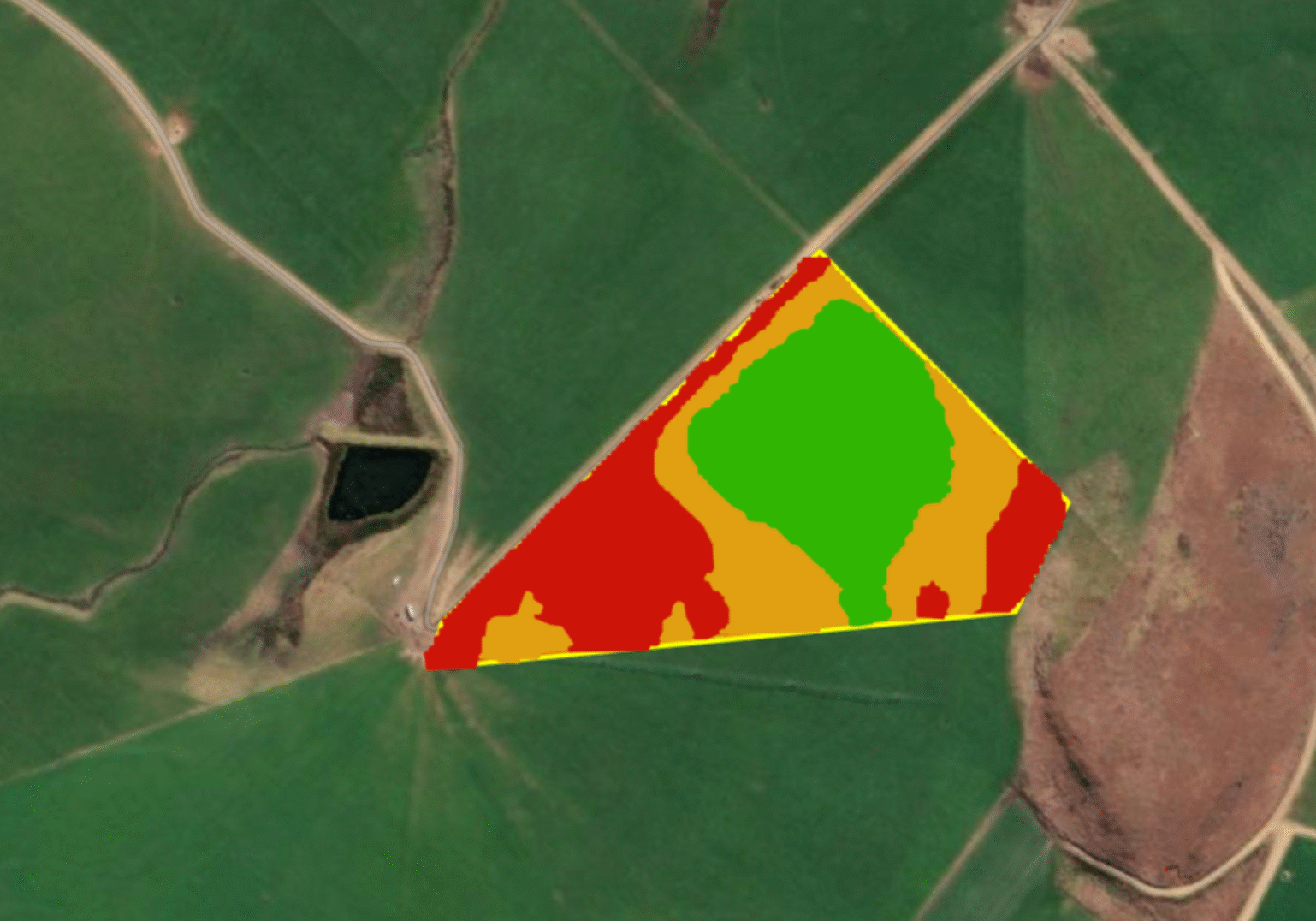OUR SERVICES
Our consultancy services provide a wide range of crop management advice and strategies.
We have achieved successful results with over 100 different crops including broadacre crops, pastures, orchard crops, vineyards, and vegetables. Our tailored approach is aligned with each farmers' objectives and resources.
Our consultancy services include:
Farm Visits
On-farm consultations by our consultants are an effective way to support farmers in their agricultural goals.
Our Approach
Being present on the farm enables us to offer a fresh perspective and recommendations on effective soil management and crop rotation strategies.
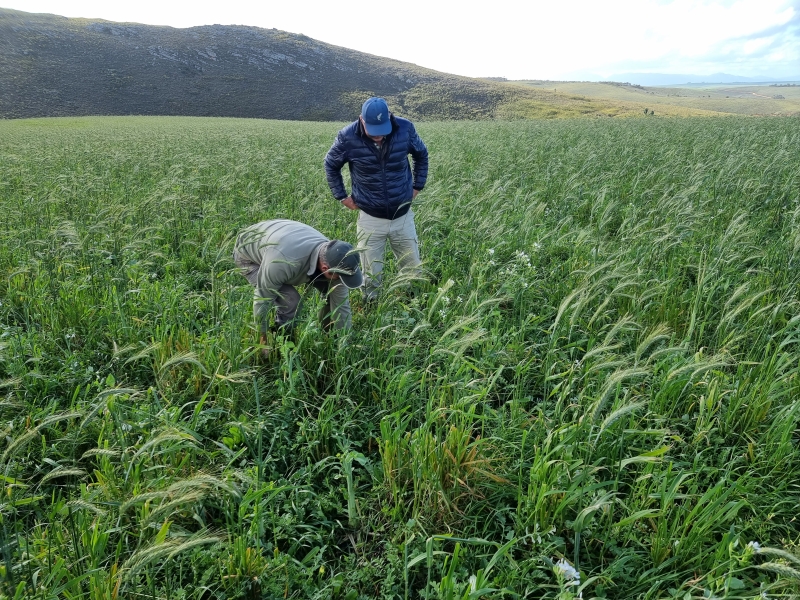
Soil and Leaf Analysis
Accurate and representative soil and leaf analysis results are a crucial component in providing an informed recommendation.
Our Approach
- We use these results to identify nutrient deficiencies and excesses in soils and plants, as well as to gauge soil chemical relationships (synergistic and antagonistic factors).
- We also offer soil biology tests which are used to measure soil health indices. These results enable us to provide our clients with an informed opinion for improved soil health through management practices, cover crops or chemical intervention.
- Soil analysis results, along with leaf analysis findings, help refine our recommendations.
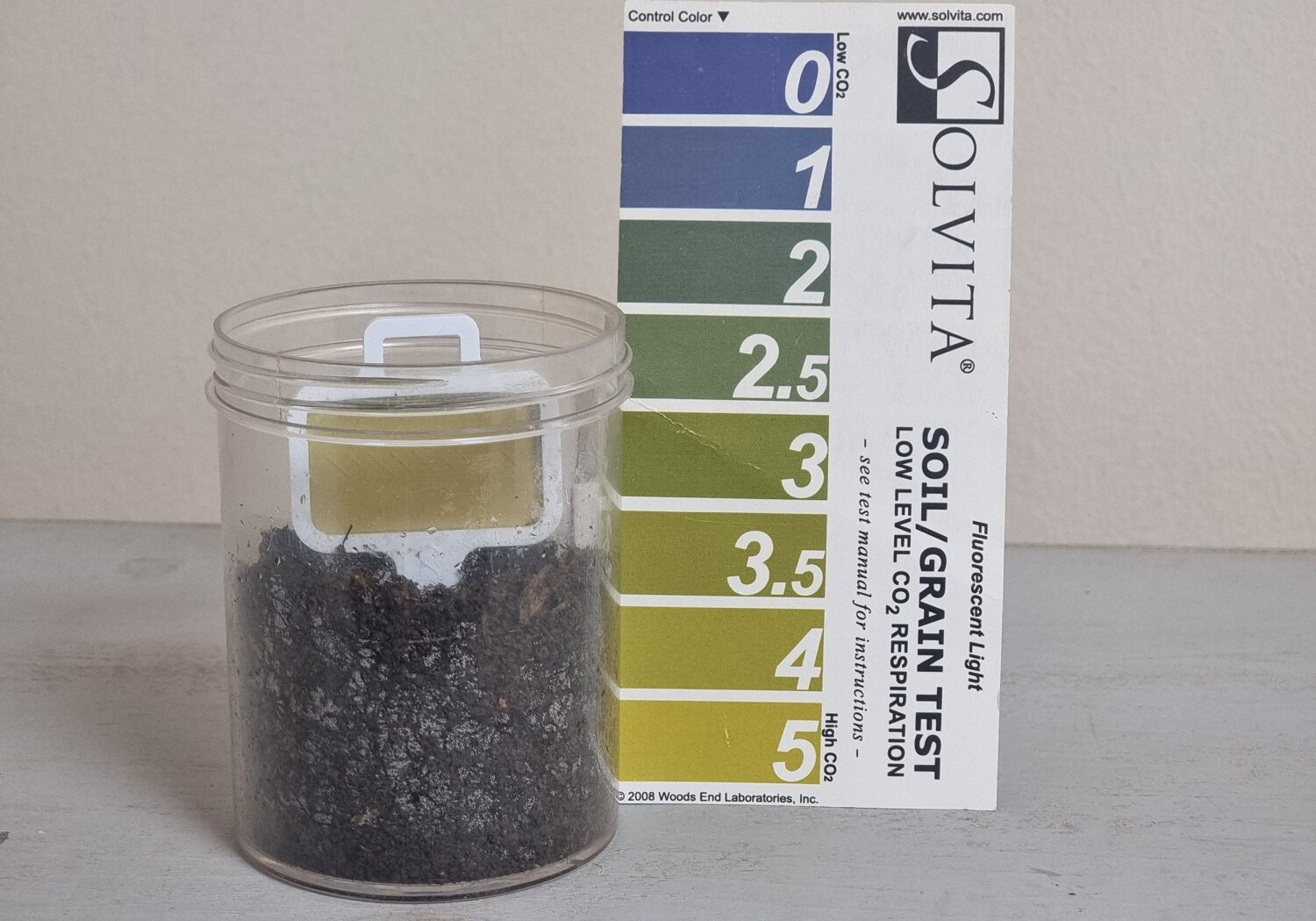
Prescription Lime and Fertiliser Recommendations
Our lime and fertiliser recommendations are crop specific, with each prescription based on the individual sample analysed.
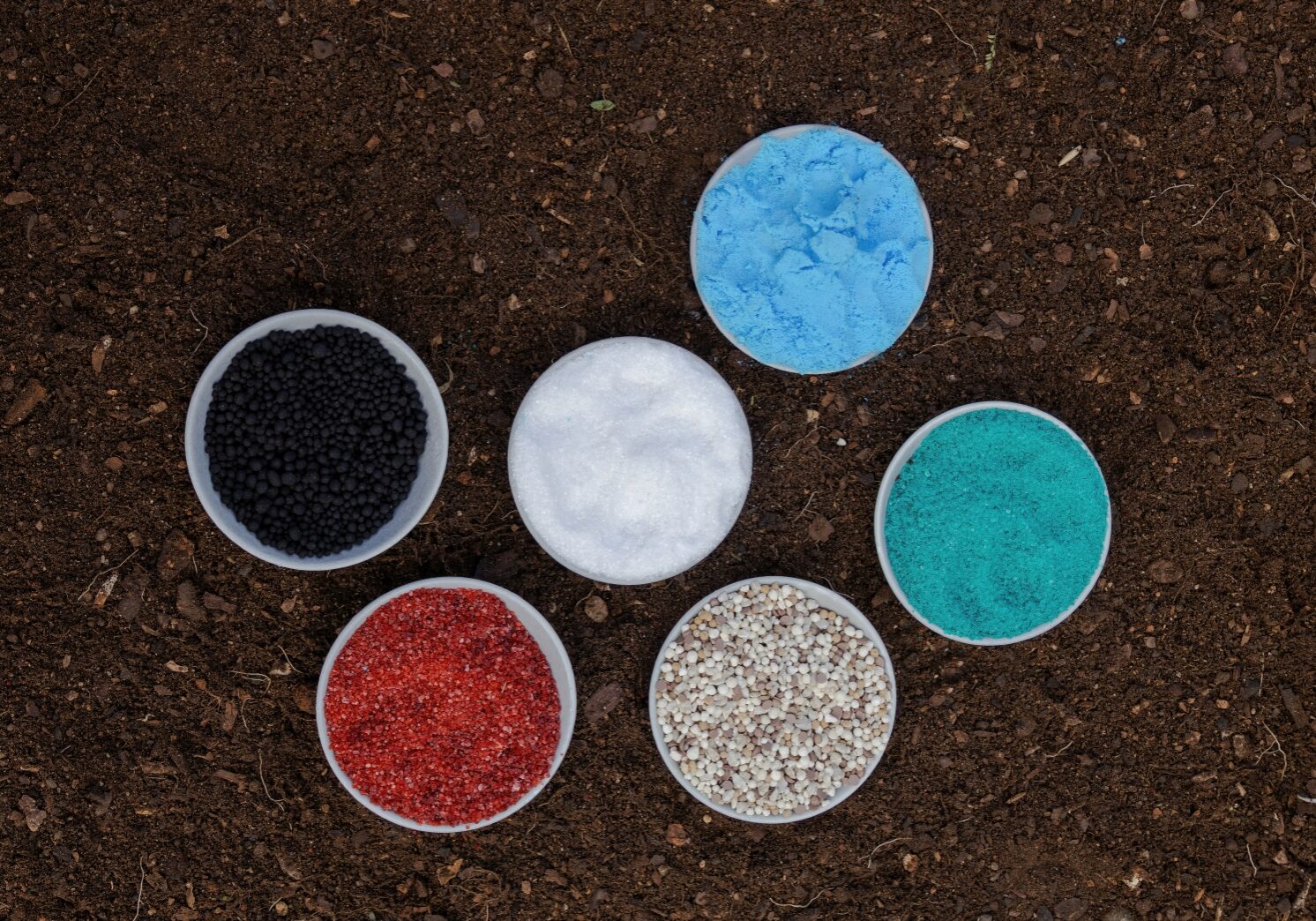
Our Approach
- For lime and fertiliser recommendations we use sampling protocols that limit the risk of contamination and inaccurate measurements. We use accredited and reliable laboratories that measure a variety of soil and leaf factors accurately and with the most current extraction methods.
- For liming we use a set of formulas to calculate the lime requirements. These formulas are based on the latest research findings and reduce the risk of over or under liming.
- NPK fertilisation is based on soil and leaf results as well as on-site farm observations. We use laboratory analyses to assess total levels of nitrogen, phosphorus and potassium compared to plant available levels to guide recommendations.
- Our fertiliser recommendations include macronutrients and micronutrients. Our prescription blended trace element recommendations are formulated based on soil and leaf analysis results. Our blends may include zinc, boron, manganese, copper, selenium, cobalt, molybdenum, nickel, and iodine.
Cover Crops: Seed Choice, Seeding Rates, Seeding Depth, and Management
Seed choice for cover crops and multi-specie pastures has become a debated topic in recent years. There is a science behind the choice of cover crop seeds.
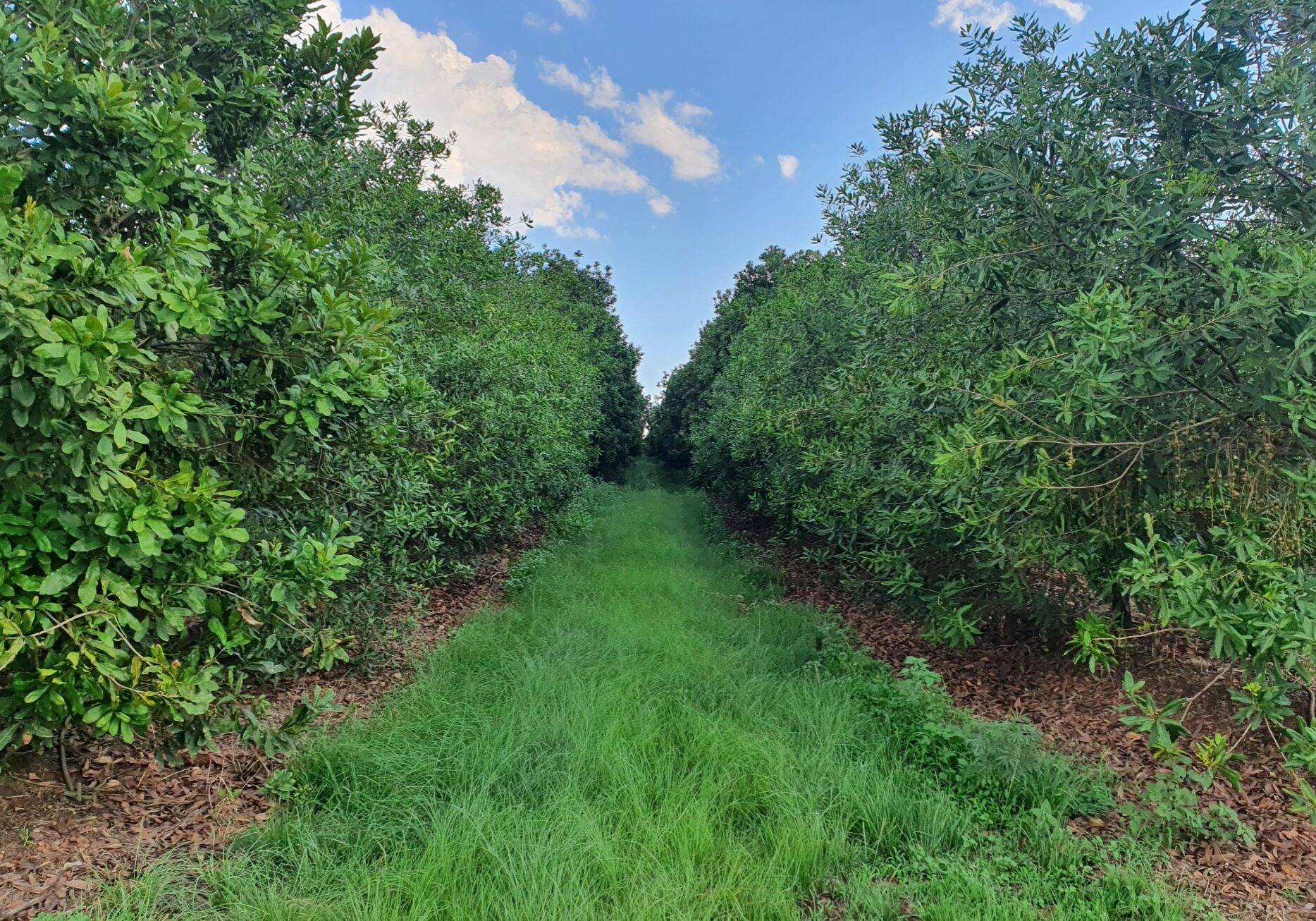
Our Approach
- Regarding seed selection, we advise that farmers make purposeful choices. This entails selecting plant species and quantities that are specific to the farm's conditions and goals, ensuring each plant serves a distinct functional role.
- We offer advice on seeding rates for establishing and stitching/over-sowing. We have found in recent years that the number of plant species and seeding recommendations are excessive. Excessive seeding rates result in competition, weak plants, and weak root systems which decrease function in the soil and decrease animal production.
- Seeding depth and management are also two critical factors when it comes to planting or stitching/over-sowing. Seed to soil contact is vital for successful germination but seeding depth plays a key role in germination success and plant survival. The choice of implements used for creating a seed bed and planter choice will affect germination rate and success.
Field Water Infiltration Measurements
Water infiltration rates and moisture holding capacity are important when it comes to managing irrigation and controlling water run-off during rainfall events.
Our Approach
- With the use of ring infiltrometers we measure water infiltration rates and moister holding capacity of soils. This is useful in assessing if irrigation rates are suitable or if intervention is necessary.
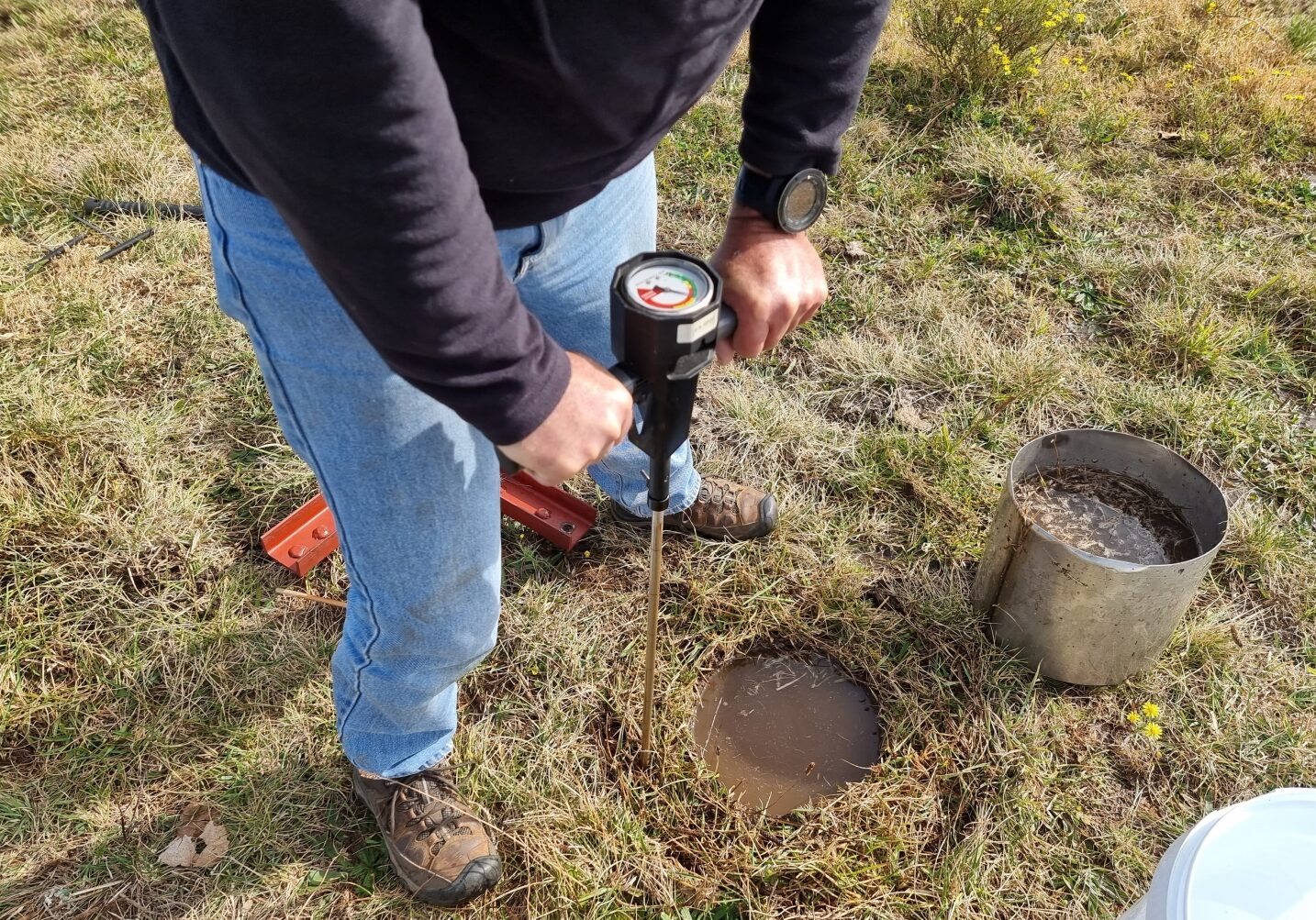
Field Soil Compaction Measurements
Soil compaction is a major burden in agriculture. Compaction can be both mechanical in nature or chemical in nature. Compaction can be caused by animal hoof action (pugging), in-field foot traffic, tillage practices, soil type, fertiliser, etc.
There are various methods to address soil compaction and understanding the severity will impact management.
Our Approach
- Using a soil penetrometer, we measure for compaction layers up to a depth of 75 cm. This is useful in deciding on management strategies and if interventions are necessary.
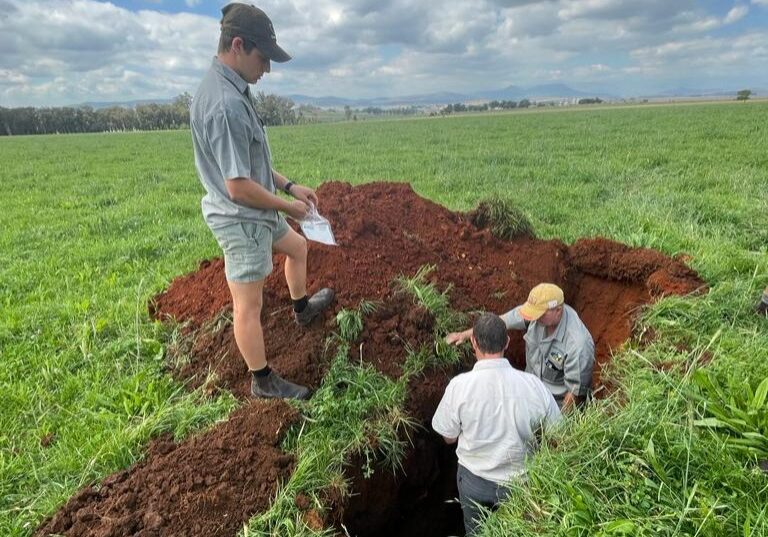
SATELLITE MONITORING
We have collaborated with GeoFarmer to monitor crops and gather historical data throughout the growing season. This data assists in planning sampling procedures, measuring areas of varying productivity, managing issues during crop development, adjusting programmes as necessary, and evaluating the farm's progress over time.
Our Approach
With GeoAgro360 we are able to offer the following:
- Productivity maps.
- Historical data.
- Continuous growing season monitoring and reports.
- Various filters to monitor the growing season.
